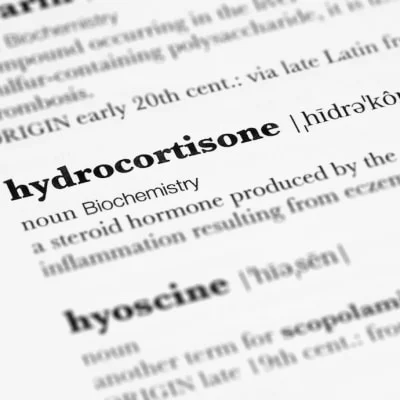In a subgroup analysis of the Activated Protein C and Corticosteroids for Human Septic Shock (APROCCHSS) trial, researchers aimed to explore the effects of hydrocortisone plus fludrocortisone on patients with community-acquired pneumonia (CAP) compared to those with non-CAP-related septic shock. The goal was to determine whether glucocorticoids would improve outcomes in these patients.
The APROCCHSS trial was a randomised controlled study investigating the impact of hydrocortisone plus fludrocortisone, drotrecogin-alfa (activated), or both on mortality in septic shock. It was designed with a two-by-two factorial design but continued with two parallel groups after drotrecogin-alfa was withdrawn from the market in October 2011. Conducted in 34 centres in France, this subgroup analysis focused on patients with CAP as a preselected subgroup. Adults with septic shock were randomised to receive either hydrocortisone plus fludrocortisone or placebos in a double-blind manner for a 7-day treatment period. The primary outcome measured was 90-day all-cause mortality, with secondary outcomes including mortality at ICU and hospital discharge, 28-day mortality, 180-day mortality, number of days alive and free of vasopressors, mechanical ventilation, organ failure, and ICU and hospital free-days to 90-days.
Out of 1241 patients, 562 study patients were diagnosed with CAP, and 648 did not. In the CAP group, there were 109 (39%) deaths out of 283 patients with hydrocortisone plus fludrocortisone and 143 (51%) out of 279 patients with placebo, showing a lower mortality rate with corticosteroids. However, there was no significant difference in mortality between patients without CAP between the two groups. Additionally, among the total patients, 648 (52%) had acute respiratory distress syndrome (ARDS), with a lower mortality rate in the corticosteroid group compared to the placebo group. The likelihood of experiencing at least one serious adverse event within 180 days post-randomisation was lower in the CAP subgroup but not significantly different in the non-CAP subgroup when comparing the corticosteroid group to the placebo group.
These findings suggest a potential benefit of corticosteroids in patients with CAP and ARDS in terms of mortality and adverse events. Hydrocortisone plus fludrocortisone showed a reduction in mortality compared to placebo. While many CAP patients also had acute ARDS, the analysis lacked the power to fully distinguish between the effects of ARDS and CAP on the mortality reduction associated with corticosteroids. Conversely, no significant treatment effect was observed with corticosteroids in the subgroup of patients without CAP.
Source: The Lancet
Image Credit: iStock
References:
Heming N, Renault A, Kuperminc E et al. (2024) Hydrocortisone plus fludrocortisone for community acquired pneumonia-related septic shock: a subgroup analysis of the APROCCHSS phase 3 randomised trial. The Lancet.










